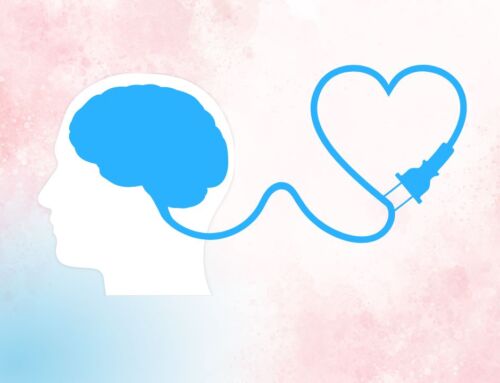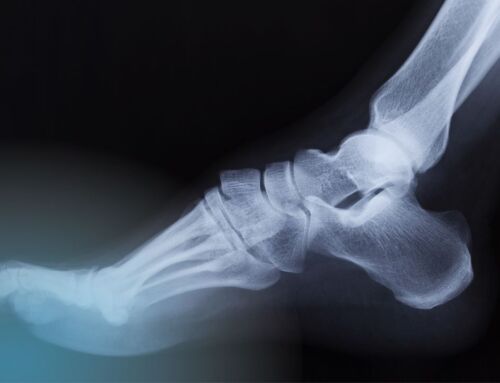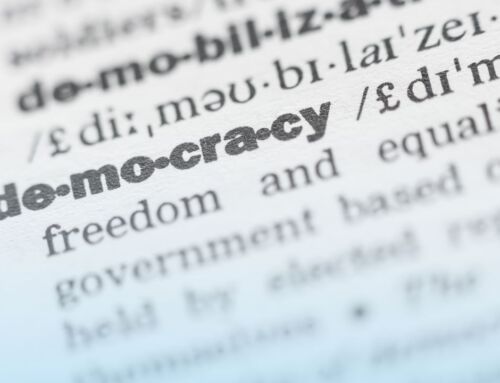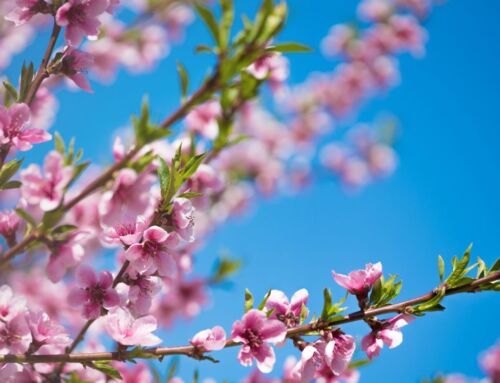Winter officially begins December 21, but freezing temperatures are already common across much of the US. With the days getting shorter, darker, and colder, curl up in a cozy spot and broaden your horizons for some new ways to nurture yourself.
From lagom, which means “good enough” in Sweden, to kakkukahvit, the Finnish term for enjoying a treat, cultures in Scandinavia and across Europe are famous for their cold weather customs of comfort. I’ve researched a few I’d like to share with you.
Ayliak — Slow Culture in Bulgaria
Consider the slow living trend that’s taken root in recent years. In Bulgaria they embrace ayliak, which translates as a “culture of slowness.” Think of it as refusing to get caught up in a rat race, and instead embracing a life of calm, one that’s free from rushing, stress, and worry.
The more frenetic life becomes, the more we can benefit from slowing down. But how?
I place little colored stickers in my environment, on my bathroom mirror, automobile dashboard, and workspace as a reminder to stop and take a few conscious breaths. Our brains are hardwired to ruminate and worry, so anything that can break that discursive loop, bringing us into the here and now, is beneficial for brain and body health. Make your exhale longer than your inhale, and your heart rate and blood pressure will drop, calming your body. Listening to guided meditations is another one of my favorite tools for slowing way down, it feels like a mini vacation for the soul. For the most benefit, try one for 12 minutes or more – but any amount is better than nothing! The Insight Timer app is my favorite. You can even search and find a batch of guided meditations by me!
Lagom — Contentment Swedish-style
Lagom in Swedish means “good enough,” or “just the right amount.” For me, the idea of contentment is closely tied with gratitude, which countless studies have shown brings health benefits in all areas of our lives. When we are grateful, we are content.
Another interesting aspect of lagom is that it decreases social comparison. When we feel we or our circumstances are good enough, we’re less likely to fall victim to that gnawing sense of FOMO (fear of missing out). Spending less time on social media helps us decrease FOMO and social comparison, along with the anxiety and depression that they can bring.
Lagom is also good for the environment because it is based on doing everything in moderation — from shopping to food production — and not taking or using more than your share. I also love that lagom elevates the core value of humility, the idea of “no more than my space, no less than my place” being good for the community. Humility feels good, giving your mental health a boost!
Kakkukahvit — Treat Yourself (Kindly)
In Finland, kakkukahvit — having a treat (usually a cup of coffee and a piece of cake) — is an important part of self-care. For me it recalls the idea of treating ourselves with kind, loving words.
Learning to talk to yourself as you would talk to your dear friend puts you on the right path to self-care. Research shows that if your give yourself a good talking to in the mirror, it works even better than muttering sweet nothings to yourself without seeing your face.
I’ve been talking to myself in the third person, calling myself sweetheart, for years. When you’ve made a mistake, done or said something you wish you hadn’t, self-kindness usually makes harsh feelings shift or lessen. Ask yourself what you need to hear, and let the compassionate voice inside you, the voice you use when speaking to a dear friend, work its magic on you — because you are worthy of your love.
I recommend using SNAP (created by me) to manage difficult emotions and snap out of it! Snapping your fingers will help you remember the acronym, and what it represents:
S
Soothing or Supportive Touch
Try placing your hands on your heart, belly, face, hugging your arms, or hand in hand. One place will feel good and will tap into your mammalian caregiving response, allowing a release of the feel-good hormones oxytocin and endorphins which will help calm your nervous system.
N
Name the Emotion
Name it to tame it. “Oh, that’s anger, or sadness, or shame. It hurts to feel this way. It is part of the human condition to have these feelings.” Naming the emotion further calms your nervous system, allowing space between who you are, and your emotion.
A
Apply Appropriate Mindful Methods
There are dozens of ways to change the channel and steer your mind into a more helpful head space. Asking yourself the penultimate Mindful Self-Compassion question is a good place to start: What do you need to hear right now? What do you need to do right now?
Pick something from your Joy List that fits into the time and place of your situation. It might be something small like listening to your favorite song, reading something inspirational, doing something creative, or having a great cup of coffee and slice of cake (kakkukahvit) while connecting with a friend.
When you realize you are enjoying yourself, let the good feelings fill you up for a few breaths so you give it enough time to wire positive neural bridges in your brain. Then congratulate yourself that you are using experience dependent neuroplasticity (Rick Hanson, “Hardwiring Happiness”) to make your brain happier and more resilient.
P
Praise
It’s time to thank yourself for your practice, thank the universe that you managed through the difficulty, and if you have a faith tradition and it feels good, you can thank your deity and community of believers.
You may not be traveling abroad in the near future because of concerns about pandemic surges and the Omicron variant, but you can give these rituals a try at home to diversify your self-care routine. I’d love to hear about your self-care customs, and have ideas from Hawaii, Japan, and Scotland to share in a future blog.




















